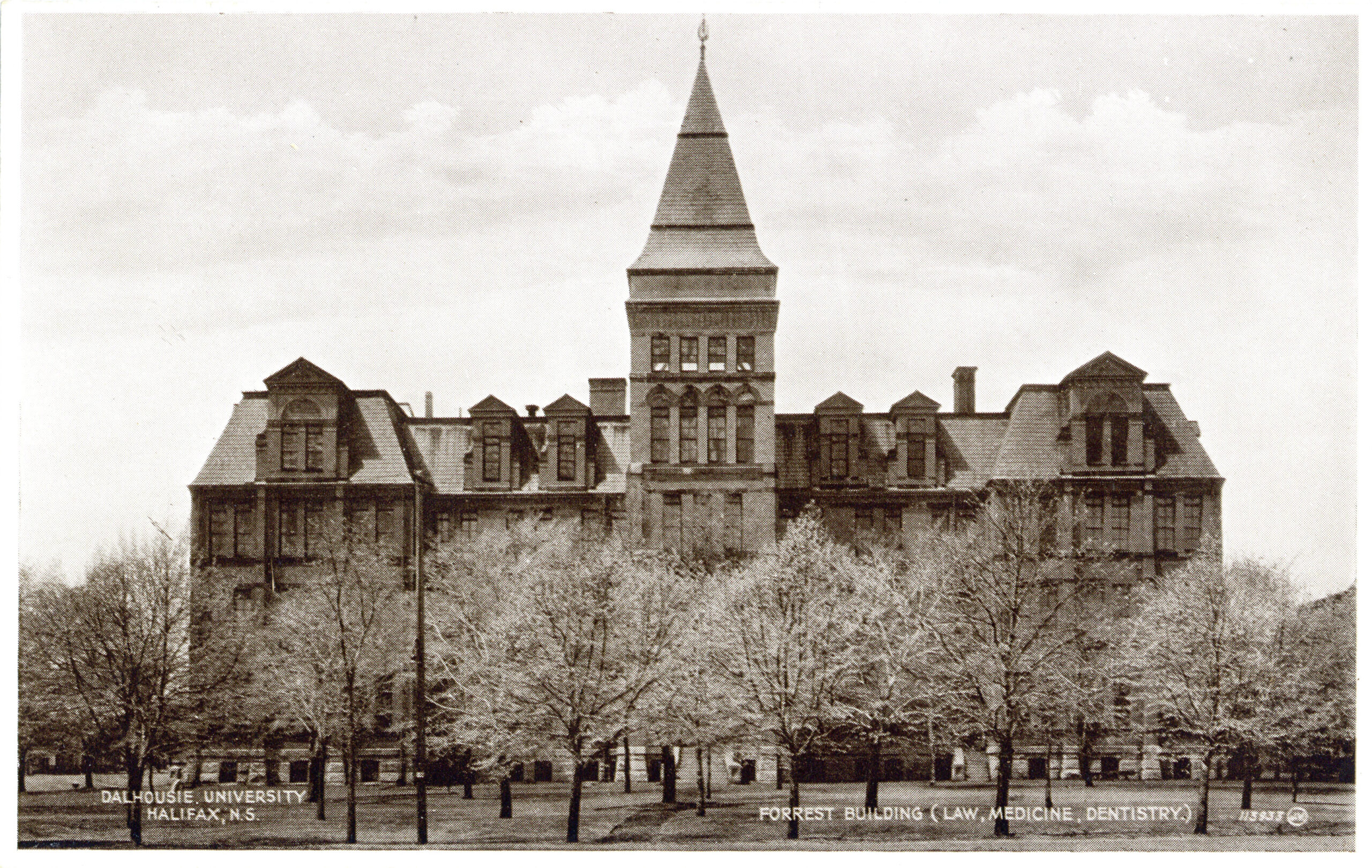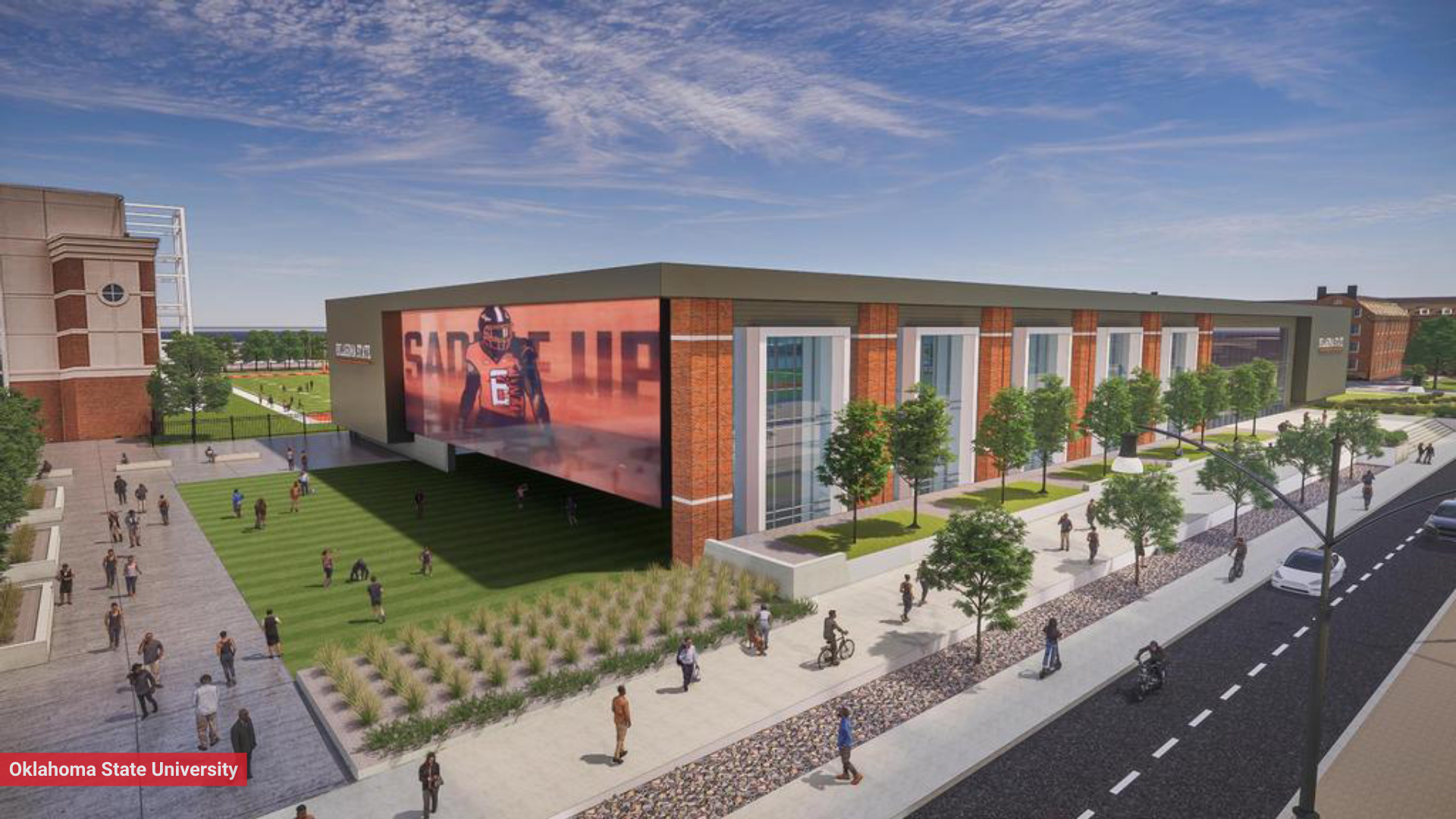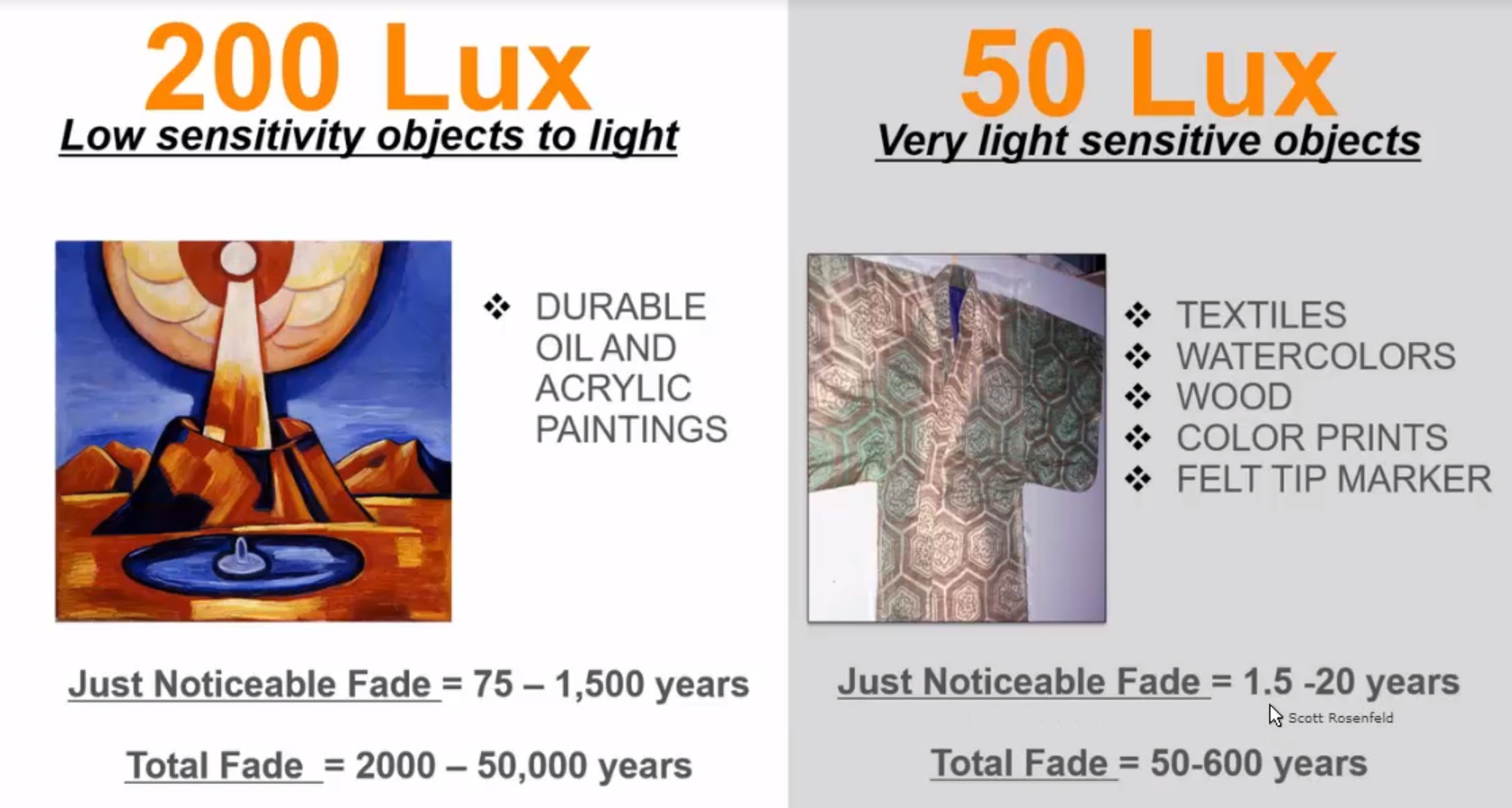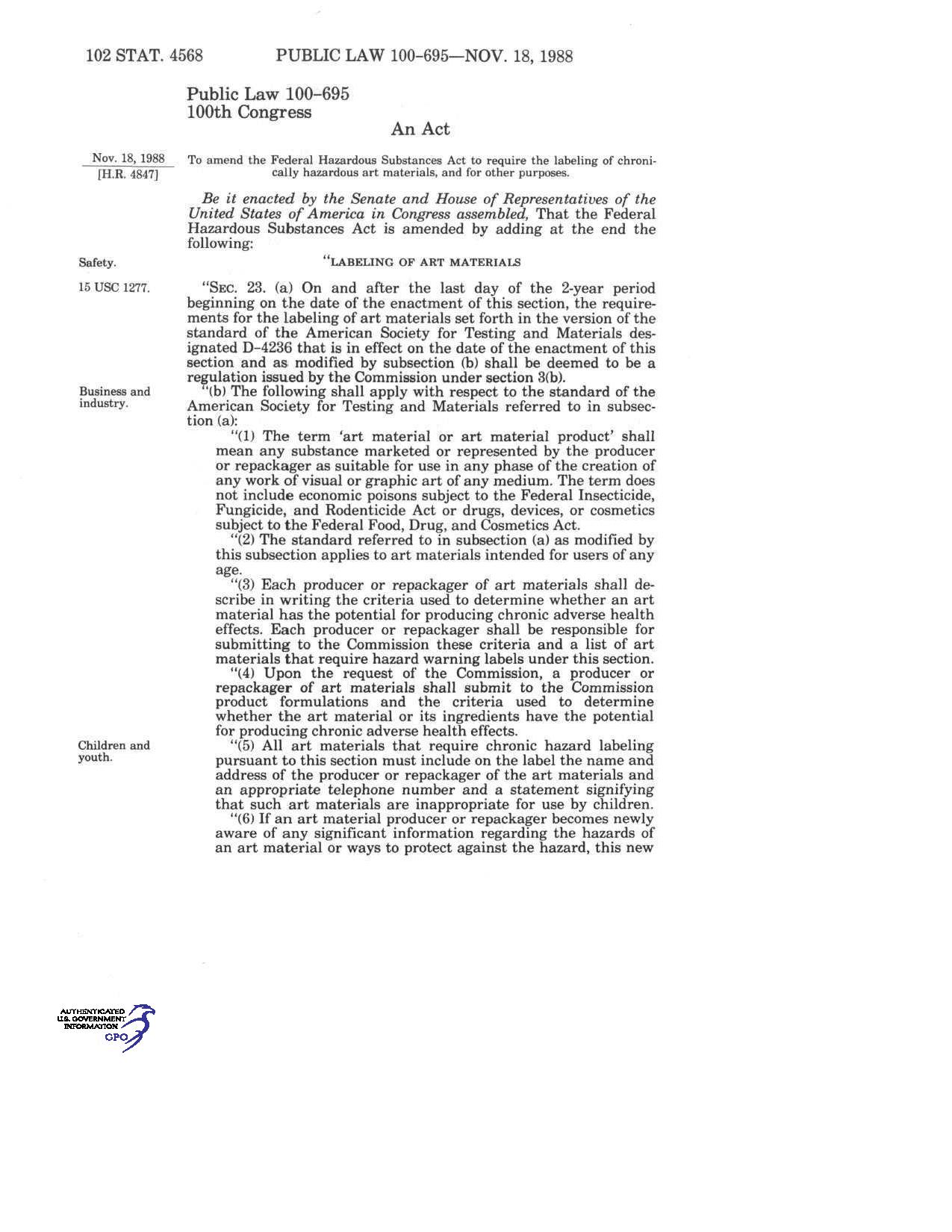Tag Archives: D5
- Home
- Posts tagged "D5" (Page 8)

Ben’s Nachos
Dalhousie University Facilities Management
Dreaming of a future at @dalagriculture? 🐮 The scholarship deadline is March 1! Details: https://t.co/TtFwsJK44a pic.twitter.com/OlnaoJv1O7
— Dalhousie University (@DalhousieU) February 16, 2020
Bubble Tea, Bookstore & Allen Gardens
University of Wisconsin “System” Financial Report 2023 | $6.3B
Roger Scruton: Why Intellectuals are Mostly Left
Readings: Big Academia in the United States
Afternoon Tea.
Sherree Valentine-Daines. Contemporary British artist, born 1956. pic.twitter.com/065XFtkIFA— El Eremita (@dinamittEros) May 31, 2022
Athletics facilities upgrades: $390 Million
OSU was founded in 1890 as Oklahoma Agricultural and Mechanical College under the Morrill Land Grant Act of 1862 set in motion by President Abraham Lincoln. It has approximately 30,000 students across 1500 acres with 400 buildings. Its athletic department runs an operating budget of about $100 million.
Open Commission Meeting
“The wireless age has brought us closer together,
yet we must work to ensure that it does not divide us.”
— Guglielmo Marconi
FCC Proposes to Modify Technical Rules for Digital FM Stations
Our Office of Engineering & Technology maintains the U.S. Table of Frequency Allocations, manages Experimental Licensing & Equipment Authorization programs, regulates operation of unlicensed devices, and conducts engineering & technical studies. https://t.co/MATs1ThyxL #FCC101
— The FCC (@FCC) August 17, 2023
The FCC is the United States’ primary authority for communications laws, regulation and technological innovation. We provide a link to the August 3rd meeting during which time rules for Digital FM Radio and Non-Federal Spectrum Usage were discussed. Campus Security Radio, National Public Radio and Student Radio are central features of education community culture and safety and are typically available when the internet is not.
New update alert! The 2022 update to the Trademark Assignment Dataset is now available online. Find 1.29 million trademark assignments, involving 2.28 million unique trademark properties issued by the USPTO between March 1952 and January 2023: https://t.co/njrDAbSpwB pic.twitter.com/GkAXrHoQ9T
— USPTO (@uspto) July 13, 2023
Standards Michigan Group, LLC
2723 South State Street | Suite 150
Ann Arbor, MI 48104 USA
888-746-3670























